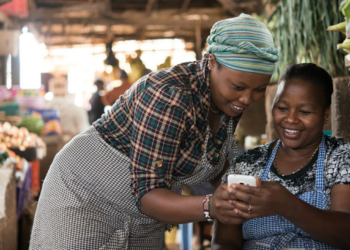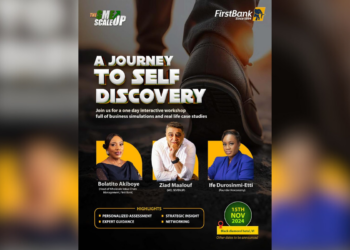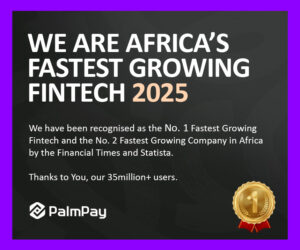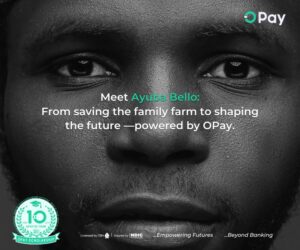A Minimum Viable Product (MVP) is a product that has the minimum set of features to prove the most essential hypothesis in your business.
The idea building a Minimum Viable Product (MVP) is a strategy for avoiding the development of products that customers do not want. The idea is to rapidly build a minimum set of features that is enough to deploy the product and test key assumptions about customers’ interactions with the product.
Zappos founder Nick Swinmurn started by testing the hypothesis that customers were willing to buy shoes online. Instead of building a website and a large database of footwear, Swinmurn approached local shoe stores, took pictures of their inventory, posted the pictures online, bought the shoes from the stores at full price, and sold them directly to customers if they purchased the shoe through his website. Swinmurn deduced that customer demand was present, and Zappos would eventually grow into a billion dollar business.
This differs from the conventional strategy of investing time and money to implement whole product before verifying whether customers want the product or not. MVP tests the actual usage scenario in contrast to conventional market research that relies on surveys or focus groups, which often provide misleading results.
The CEO of Unsplash, a photography website that started as a $19 Tumblr theme without writing a line of code explained how he developed a Minimum Viable Product for his business.
“Unsplash is a photography website we created because we hated cheesy, expensive stock photography. We thought other people might think this was a problem too. But before we assumed that we needed to figure out a way to know if our hypothesis was true.
Rather than spending months creating a website with profiles, logins, etc., we setup a Tumblr blog with a $19 theme and uploaded 10 hi-resolution photos to a public Dropbox folder. Within three hours, the first version of Unsplash was built.
We submitted Unsplash on Hacker News, an online community of designers, developers, and entrepreneurs we thought might like Unsplash.
Within a few hours of posting, over 20,000 photos were downloaded. Even though the first version of Unsplash was primitive and barely worked, it was enough to prove it solved a problem for many people”
The reality is that many products are made that no one cares about, so in other not to waste time and resources, building a Minimum Viable Product will help save time and money.





















